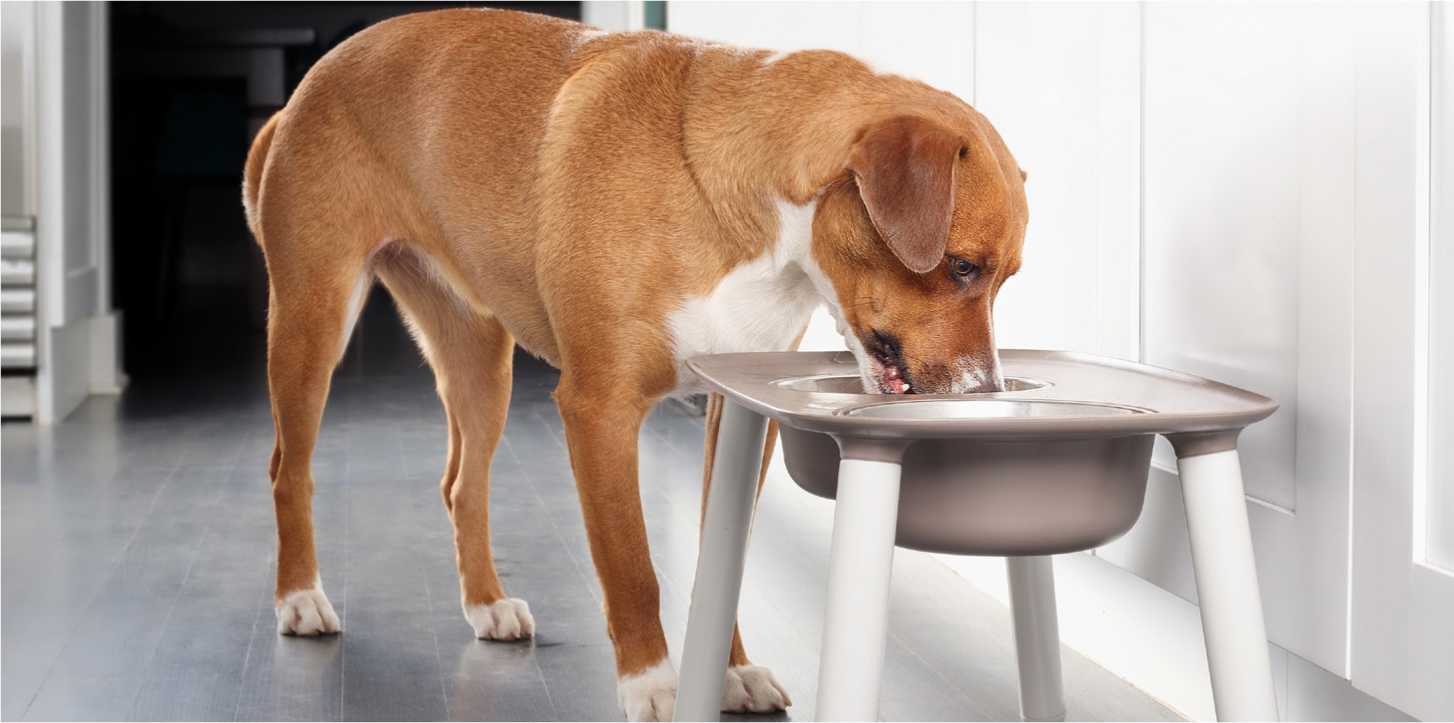Musculoskeletal disorders in companion animals are common, accounting for 8% of all diagnoses made in small animal practice. It is estimated that around 40% of cats and dogs are affected by osteoarthritis.
CVS group ran a clinical improvement project to increase the treatment of lameness in 35 of its first opinion small animal practices in the UK.
Research (Belshaw et al, 2020) has found that owners of dogs with osteoarthritis suffer negative physical, emotional and financial consequences when their pet is diagnosed with osteoarthritis, due to loss of fitness and social opportunities if their dog cannot exercise as they intended, the cost of managing the problem, and worry about their pet's suffering and side-effects and cost of long-term medication. The research found that owners looked for help from non-veterinary sources, as they believed vets would only prescribe more drugs and that this would increase the cost of treatment.
CVS created a range of resources and held training events to upskill its veterinary and nursing colleagues. These focussed on diagnosing and managing conditions causing lameness in dogs and cats, using a clinical metrology questionnaire to engage clients in their pets' treatment plan, offering best practice treatment options, and running nurse mobility clinics. Two nurse CPD days were held on mobility clinics, which hosted 80 nurses in total. Additional webinars and external links were also available for further information.
The training gave veterinarians the confidence to hand over these patients to veterinary nurses, who could then take over running of mobility clinics where they regularly review the patient, giving appropriate tailored advice on diet, exercise and modifications that can be made around the home to owners.

The project used the Liverpool Osteoarthritis in Dogs (LOAD) questionnaire. This is a 13-item clinical metrology instrument used to assess canine articular disorders like osteoarthritis. It includes questions on the pets' medical background, lifestyle and mobility. Individual question scores are summed to provide an overall ‘LOAD score’ suggestive of the animal's disease presence and severity. The questionnaire should be conducted every time the pet is presented to the veterinary clinic, with results tracked over time. Treatment options – including the benefits and risks – can then be carefully considered and discussed with owners to determine the best course of action. These could include weight management, diet, supplements, exercise and environmental modification, in addition to medication.
Within one year the project has led to 6086 more clinical metrology questionnaires being conducted at participating practices with their patients, a 1014% increase.
Kathryn Patel, Hub Clinical Lead at CVS who was responsible for the lameness clinical improvement project, said: ‘Proactive management can reduce suffering and dramatically slow the progression of these conditions. Analgesia alone is inadequate to manage osteoarthritic pain, which is one of the most common reasons for euthanasia in dogs in the UK.’
‘This project uses owner questionnaires to screen for and monitor the impact of lameness on patient quality of life and emphasises the importance of the whole clinical team in patient management. Vets and nurses will be supported to improve their ability to reach a diagnosis in every lame case, improve engagement with and compliance of owners with lame pets, and improve the quality of care of lame patients through appropriate medication, surgical intervention, and nurse and physiotherapy support.’


